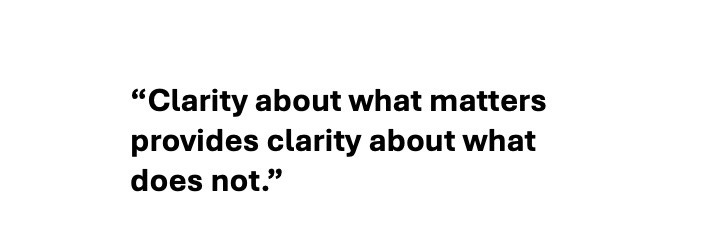Digital Minimalism: A Kaizen Approach
📱 Over the past decade, smartphones and social media have fundamentally reshaped how we interact with technology. In Digital Minimalism, Cal Newport explains how these tools, originally designed for connection and convenience, have evolved into attention-consuming machines that erode our ability to focus. Studies show that frequent digital distractions, such as social media notifications and constant app switching, fragment our attention and reduce deep work capacity. Instead of enhancing productivity, they create an endless cycle of superficial engagement.
🔄💡 The problem isn't just the sheer number of digital tools but how we use them. Many young professionals today struggle with focus, creativity, and deep thinking—not because they lack ability, but because they are constantly interrupted. Without intentional control, technology dictates our schedule, leaving little room for meaningful work. The key is to shift from passive technology consumption to active digital management.
The Lesson: Less Is More in the Digital Age
📉 In our hyper-connected world, digital clutter is the enemy of focus. More apps and tools don't necessarily lead to greater productivity. A Kaizen approach—continuous small improvements—can help streamline your digital life, ensuring that technology serves you rather than controls you. 🔍✨
Actionable Steps to Implement Digital Minimalism
1. Master Attention Management
Schedule deep work sessions with notifications off.
Use the "Rule of Three": Each day, prioritize only three major tasks. This method helps prevent overwhelm, keeps you focused on what truly matters, and ensures steady progress without distraction.
Batch-check emails and messages instead of reacting in real-time.
2. Evaluate Your Tools with a Purpose Framework
Does this tool reduce cognitive load or add to it?
Is it essential for collaboration or just a nice-to-have?
Can its functions be consolidated into an existing tool?
3. Optimize Your Digital Workspace
Declutter your desktop—keep only essential files and apps, such as active project folders, frequently used documents, and necessary software like your code editor or communication tools.
Set up an intentional folder structure for quick access.
Use automation (e.g., email filters, calendar integrations) to reduce manual work.
Are You Using Technology, or Is It Using You?
🧠 You don’t need more tools; you need better habits. By applying digital minimalism through a Kaizen approach, you’ll free up mental space, reclaim focus, and get back to what truly matters—deep, meaningful work. What’s one small change you can make today to improve your digital workspace? 🎯💭


